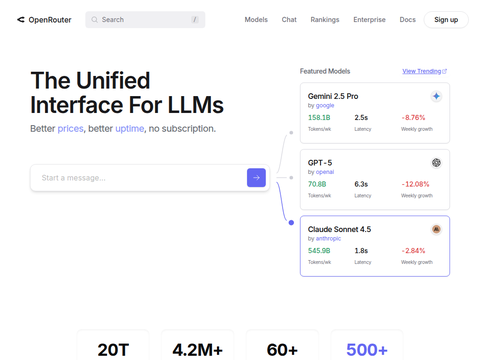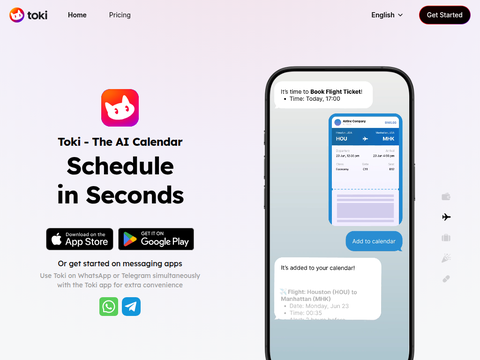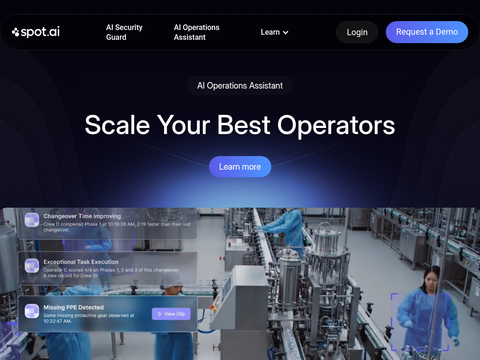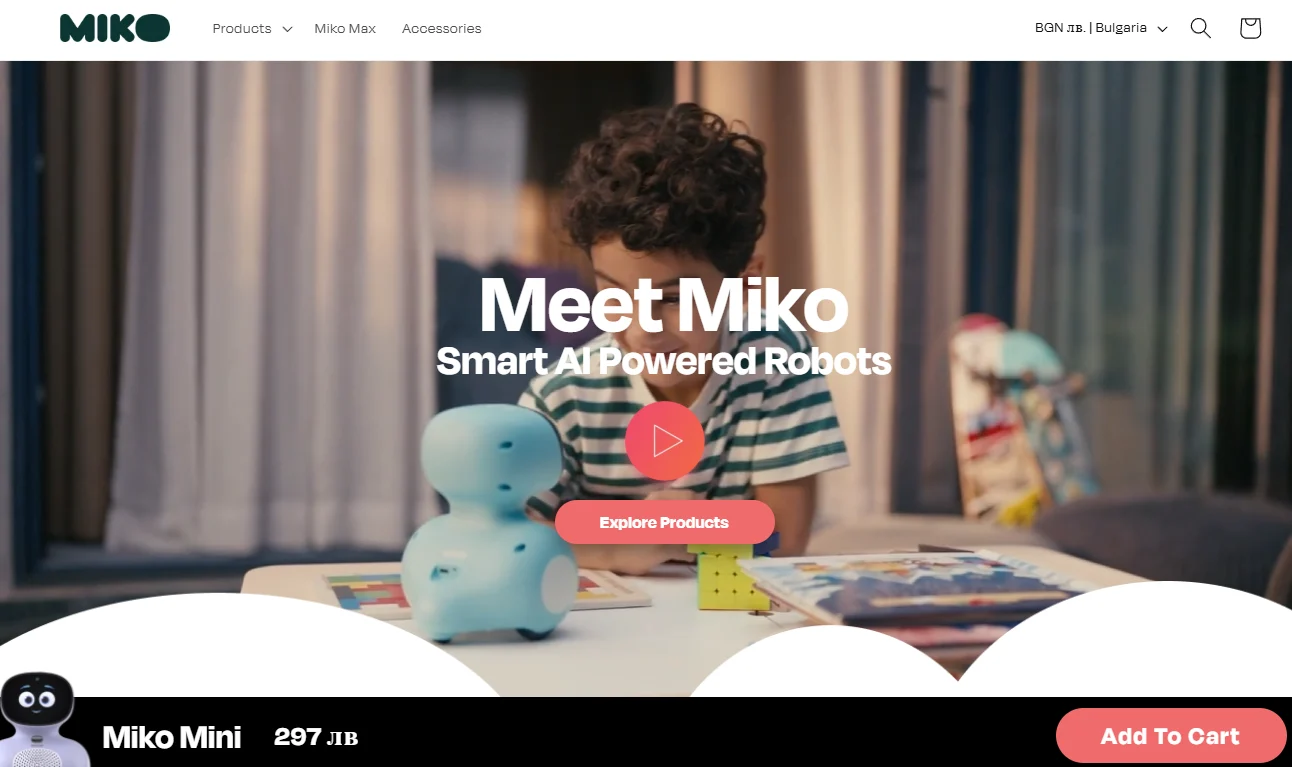Recently, Meta unveiled its newest large language model, Llama 3.3. This model boasts 70 billion parameters and, despite being smaller than the 405 billion-parameter Llama 3.1, it matches its predecessor in key performance metrics.
Meta highlighted that Llama 3.3 offers enhanced efficiency, enabling developers to run the model on standard workstations and thereby reducing operational costs. This improvement provides greater accessibility for developers seeking high-quality text AI solutions.
In terms of functionality, Llama 3.3 has improved multilingual support, capable of handling eight languages including English, German, French, Italian, Portuguese, Hindi, Spanish, and Thai. Additionally, the model utilizes an auto-regressive language model architecture and an optimized Transformer framework. Its fine-tuned version incorporates both supervised fine-tuning (SFT) and reinforcement learning from human feedback (RLHF) to better align with human preferences for usefulness and safety.
Llama 3.3 features a context length of 128K and supports various tool usage formats, allowing integration with external tools and services to extend the model’s capabilities. On the security front, Meta has implemented data filtering, model fine-tuning, and system-level safeguards to mitigate the risk of model misuse, encouraging developers to adopt necessary security measures during deployment.
Notably, Meta’s Llama model has become a significant component of the open-source AI landscape, with over 650 million downloads to date. By lowering the computational barriers of cutting-edge AI, Llama 3.3 reduces the entry threshold for developers and expands the potential for diverse enterprise applications.
From a broader perspective, Meta’s focus on cost-effectiveness and accessibility aligns with its vision of democratizing AI. This release is part of a larger strategy, which includes investments in advanced infrastructure, such as constructing a 2-gigawatt data center in Louisiana, USA, to support future AI advancements.
Specifically, Llama 3.3 excels in coding tasks, multilingual processing, and general reasoning. For instance, it achieved a score of 92.1% in the IFEval assessment, surpassing Llama 3.1 (405 billion parameters). Beyond conversational AI, the model’s capabilities extend to synthetic data generation, enhancing other AI systems, and research applications.
Regarding future plans, Meta hinted in an Instagram post that Llama 4 is expected to be released in 2025, demonstrating Meta’s commitment to long-term AI development. Currently, Llama 3.3 sets a new standard for open-source AI, balancing functionality and practicality.
Developers interested in exploring Llama 3.3 can find relevant resources and licensing details on Meta’s GitHub and Hugging Face platforms.








